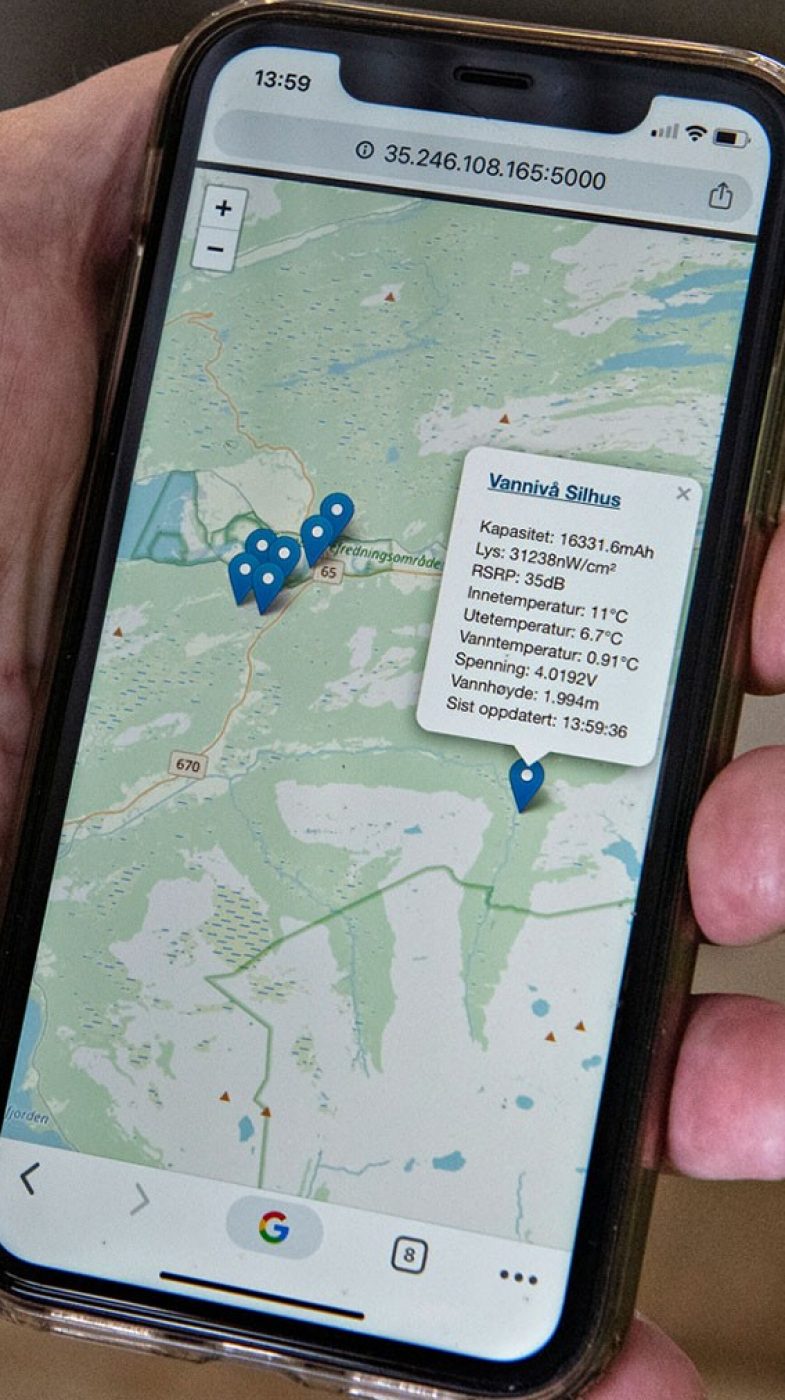What market potential and opportunities does this offer Wienerberger?
Karina Breitwieser: The market potential for Wienerberger is immense. Digitalization and BIM provide an opportunity to further expand the range of services offered and to increasingly focus on integrated smart solutions, automation and prefabrication. This provides added value for the customer, saves costs and resources.
If we understand the needs of the customers, there is market potential throughout a building’s entire lifecycle, from the first idea to maintenance and the final recycling. Digital tools and services, especially for managing information, are increasingly regarded as a valuable asset on the market, in the building sector and in the realm of infrastructure.
Digitalization can also provide an answer to the shortage of skilled workers, for example, in the form of innovations such as robotics. Or take a digital service Wienerberger is already offering in some markets: All4Roof, that can make the lives of roofers significantly easier.
From the future to the present. How would you evaluate Wienerberger’s digitalization progress compared to the industry as a whole?
Karina Breitwieser: Wienerberger is undergoing an incredible process of innovation and very extensive transformation, also in comparison to other international industry players. What I admire most is that Wienerberger is realizing its digital transformation in a global context as well as in many detailed local aspects. This allows the Group to test approaches in a regional, market-specific context and then learn the lessons from this for other markets.
BIM has made remarkable strides within the Wienerberger Group and the number of success stories will certainly grow in years to come.
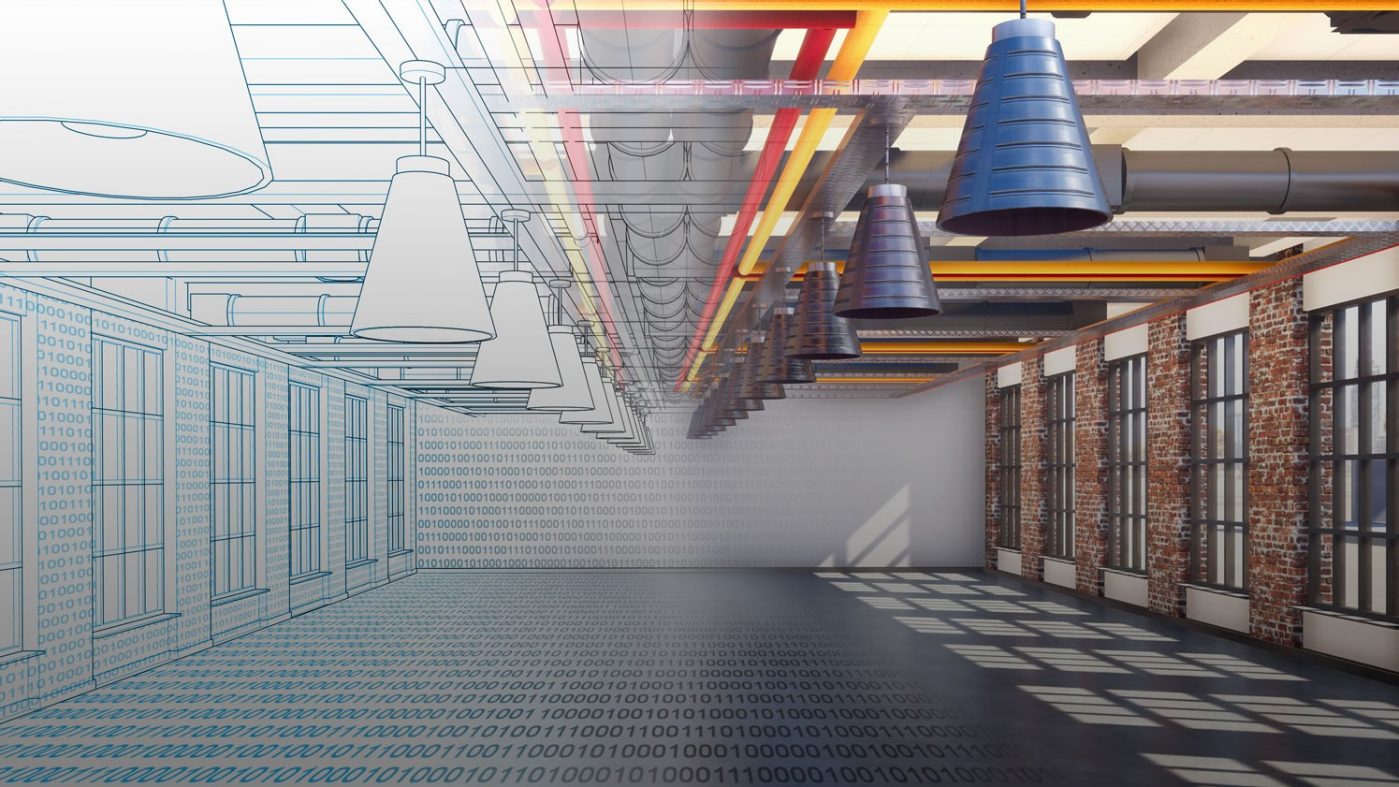 © Festfotodesign
© Festfotodesign



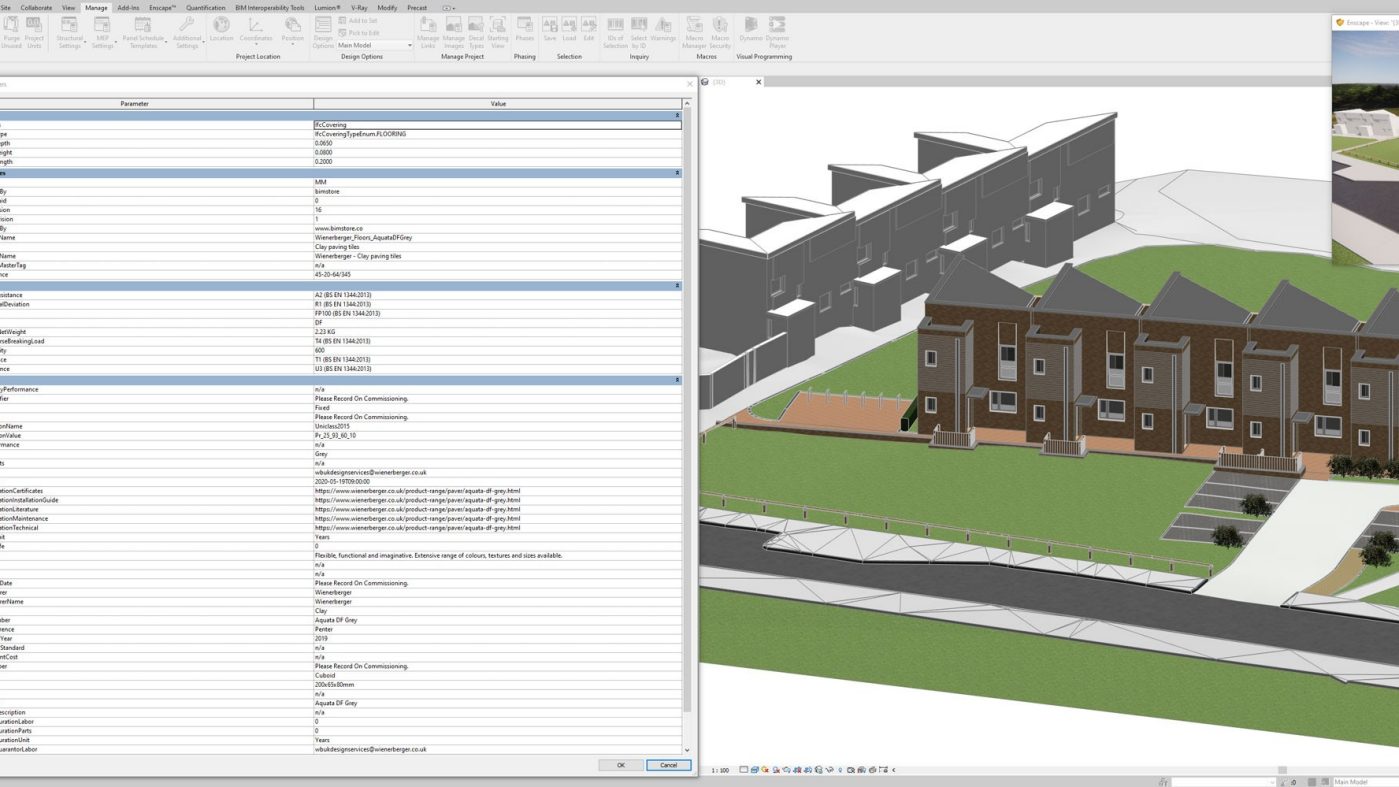
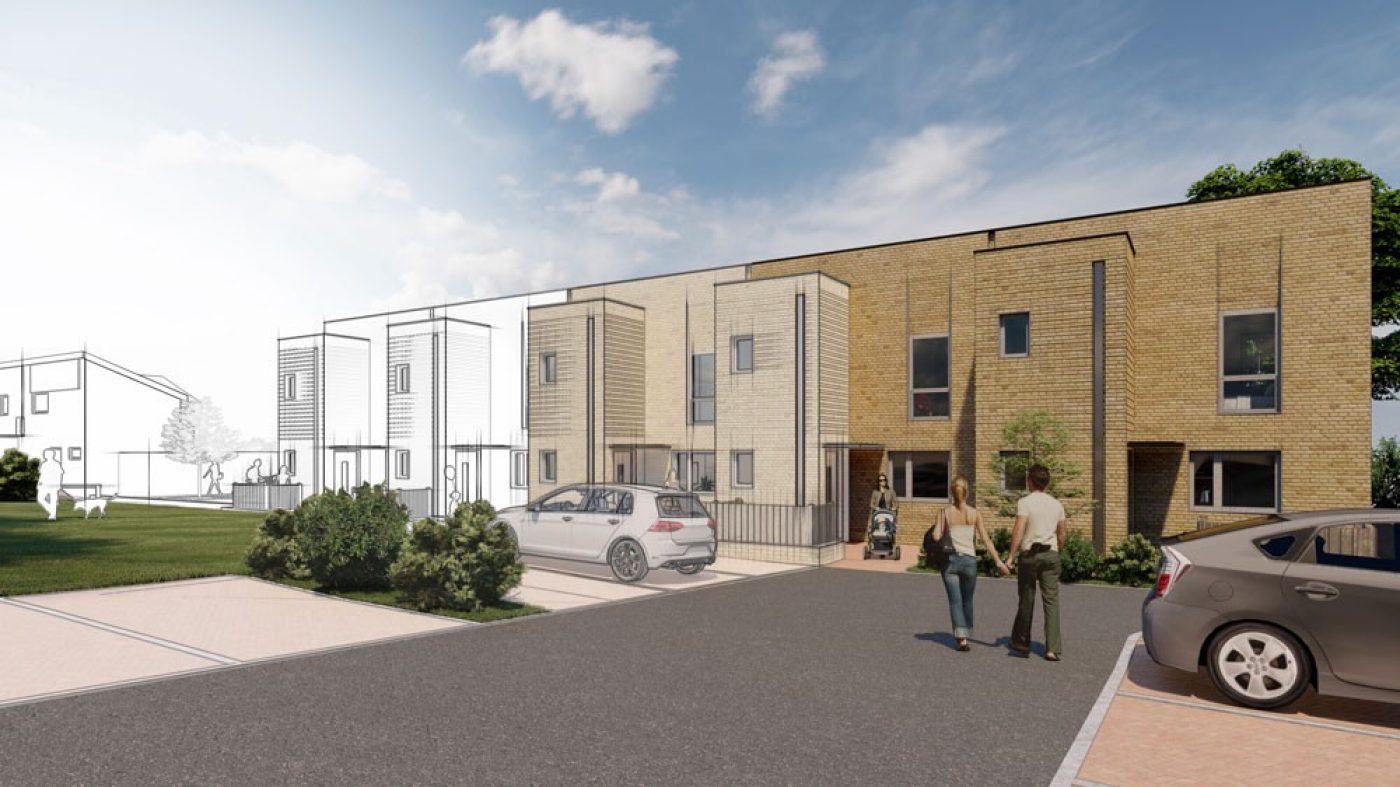

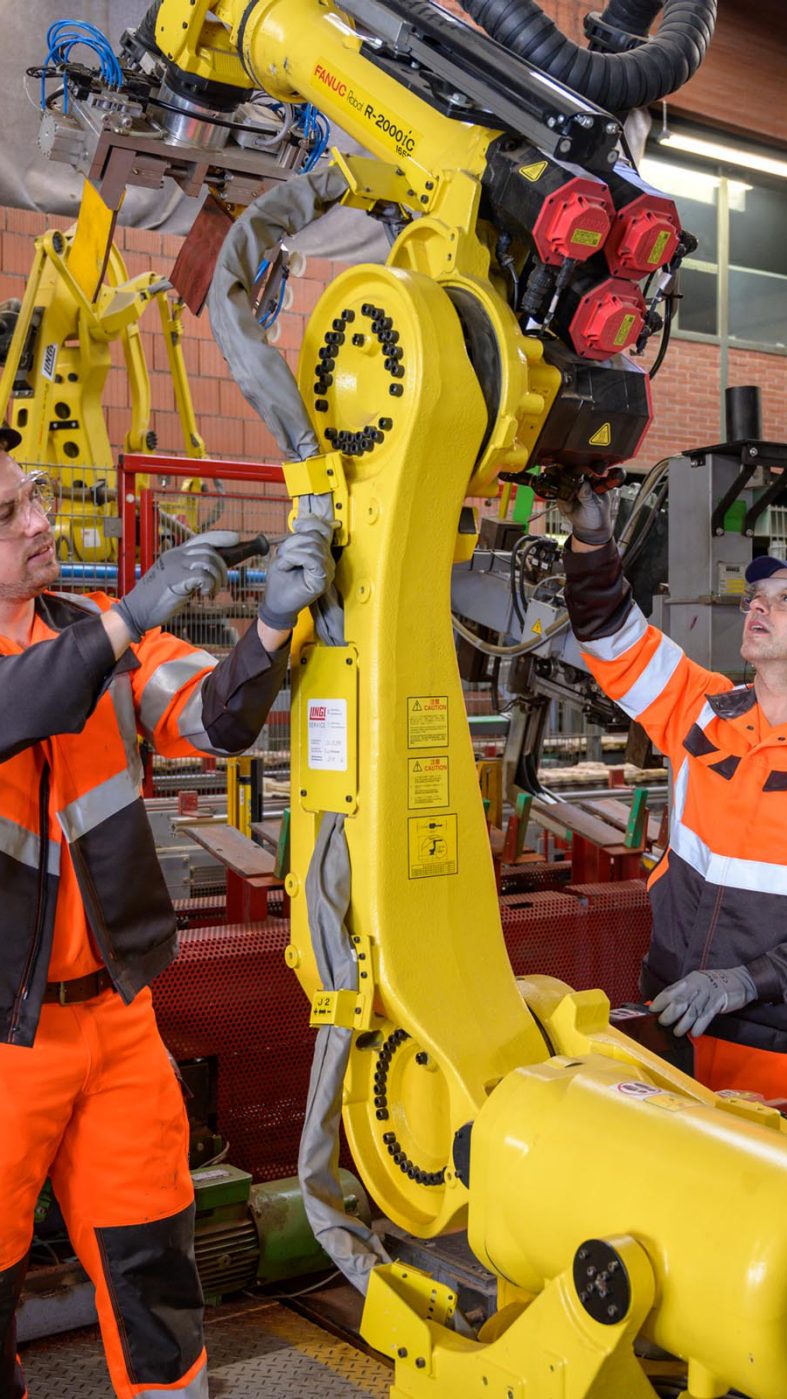
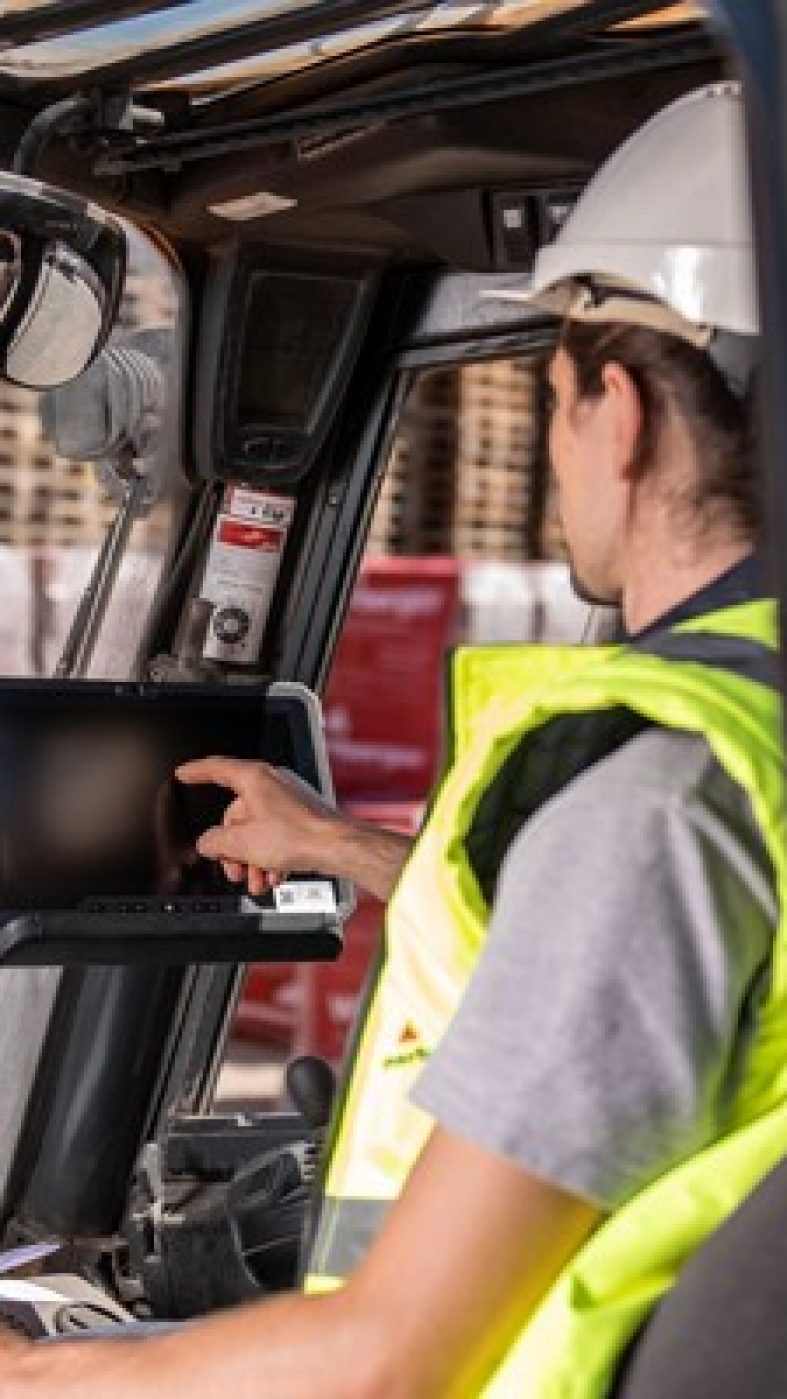 © Uwe Strasser
© Uwe Strasser
